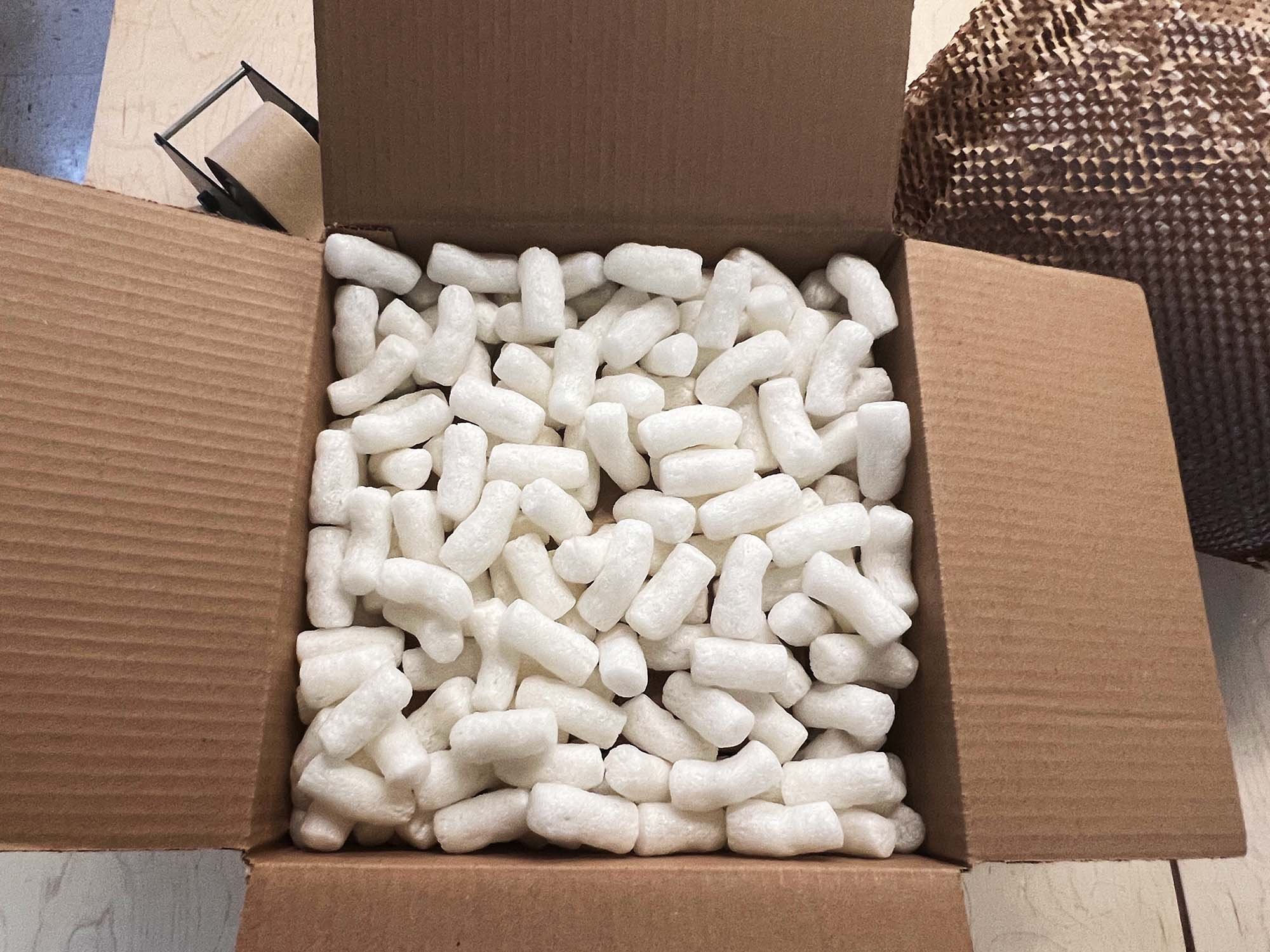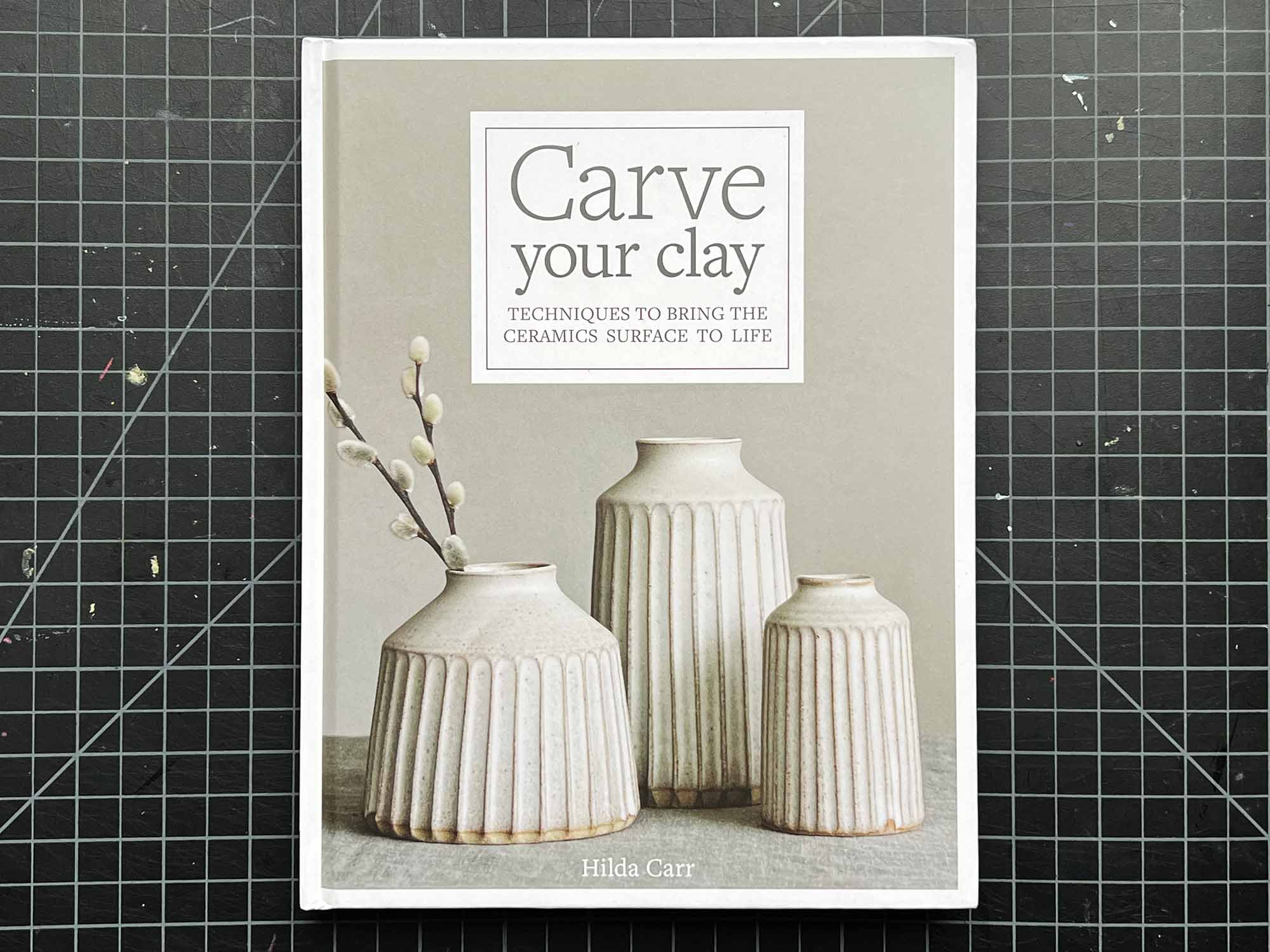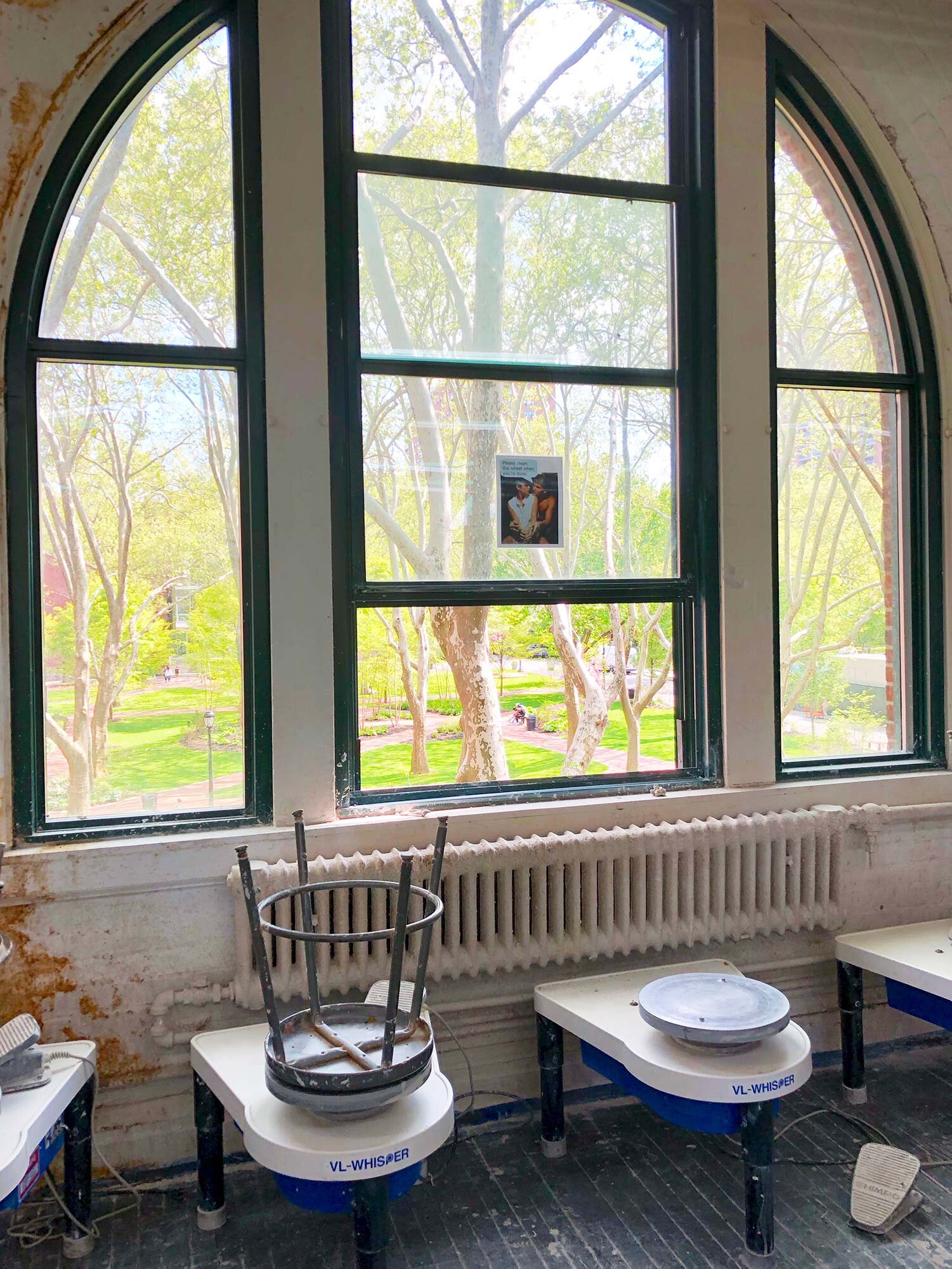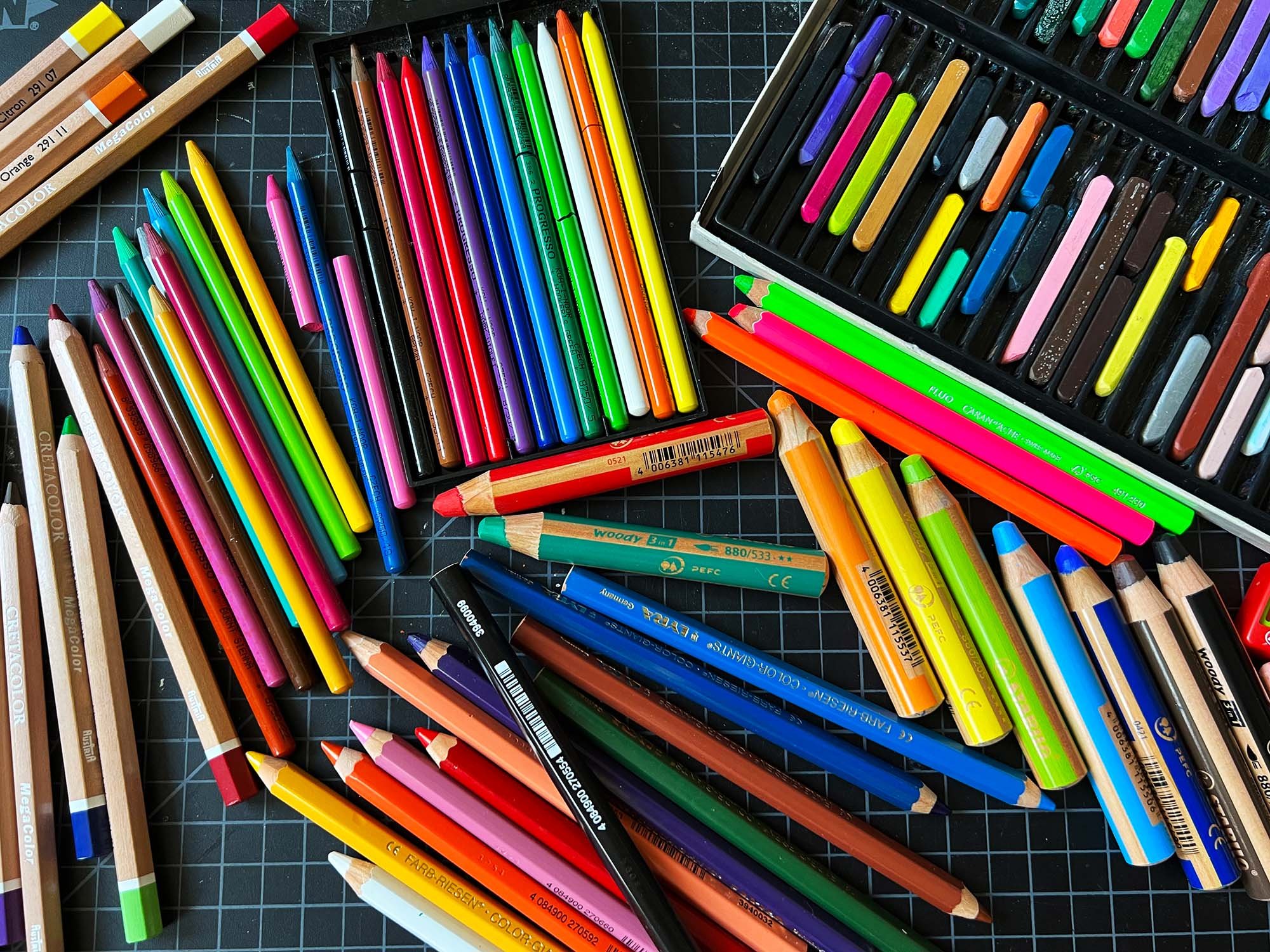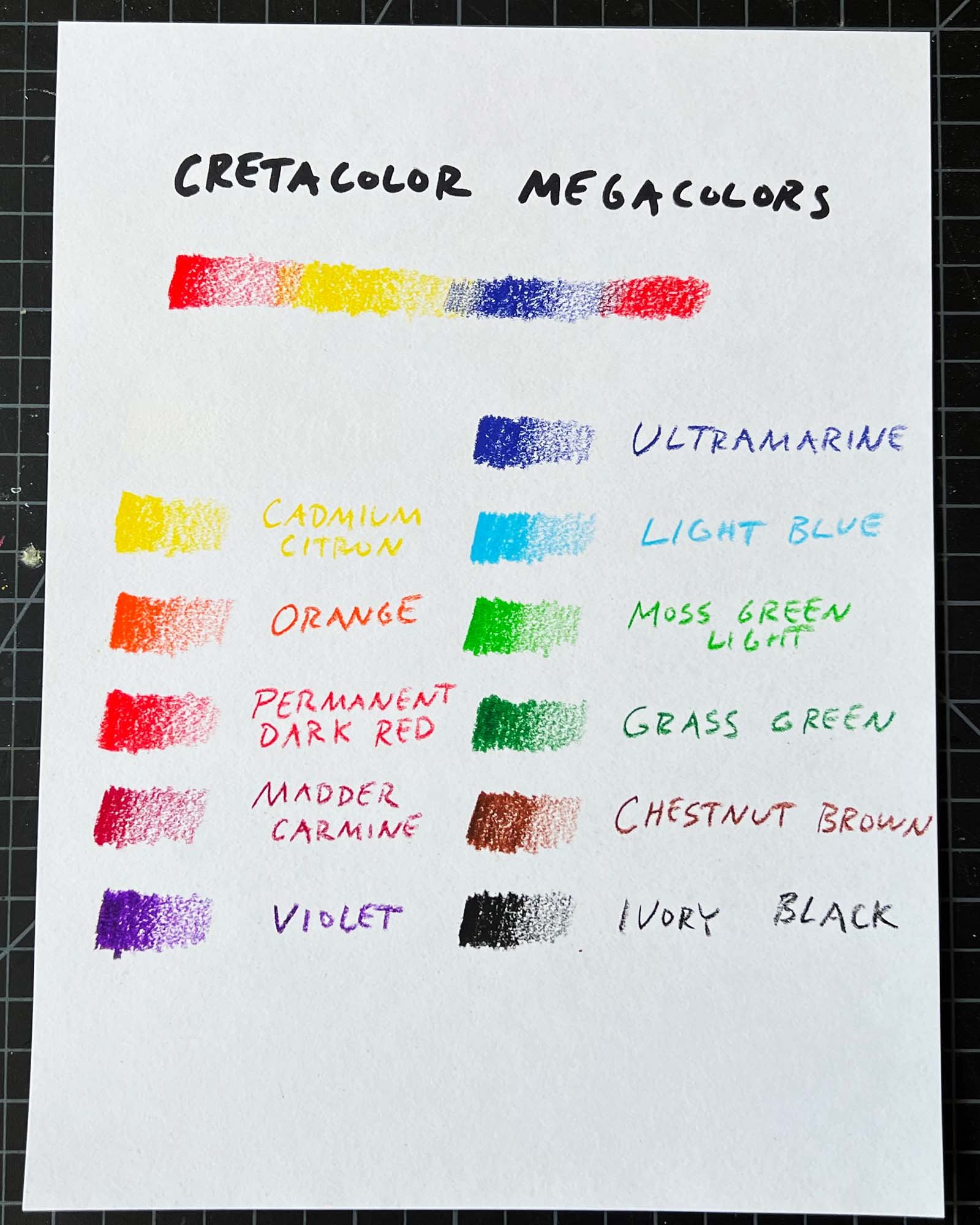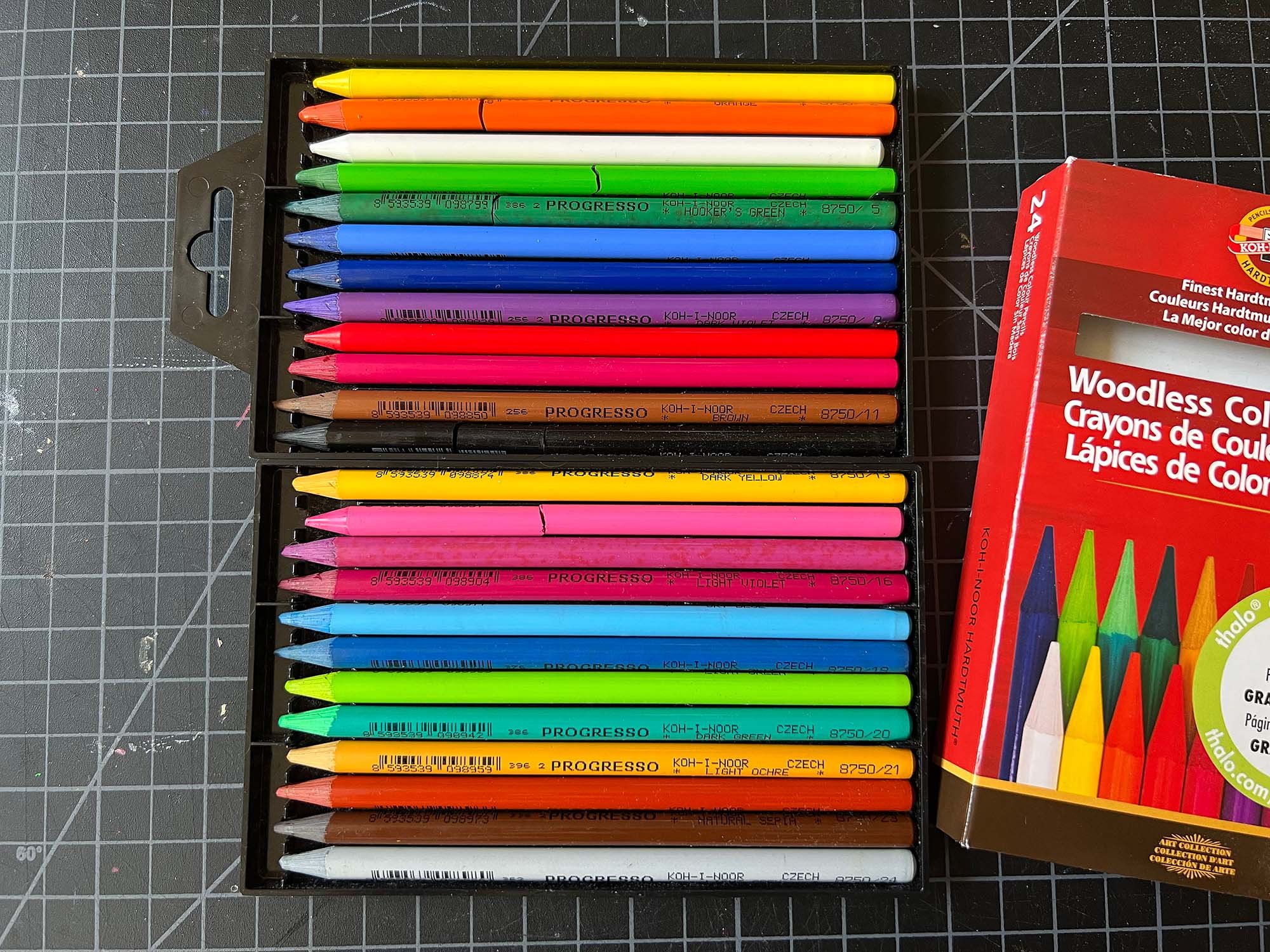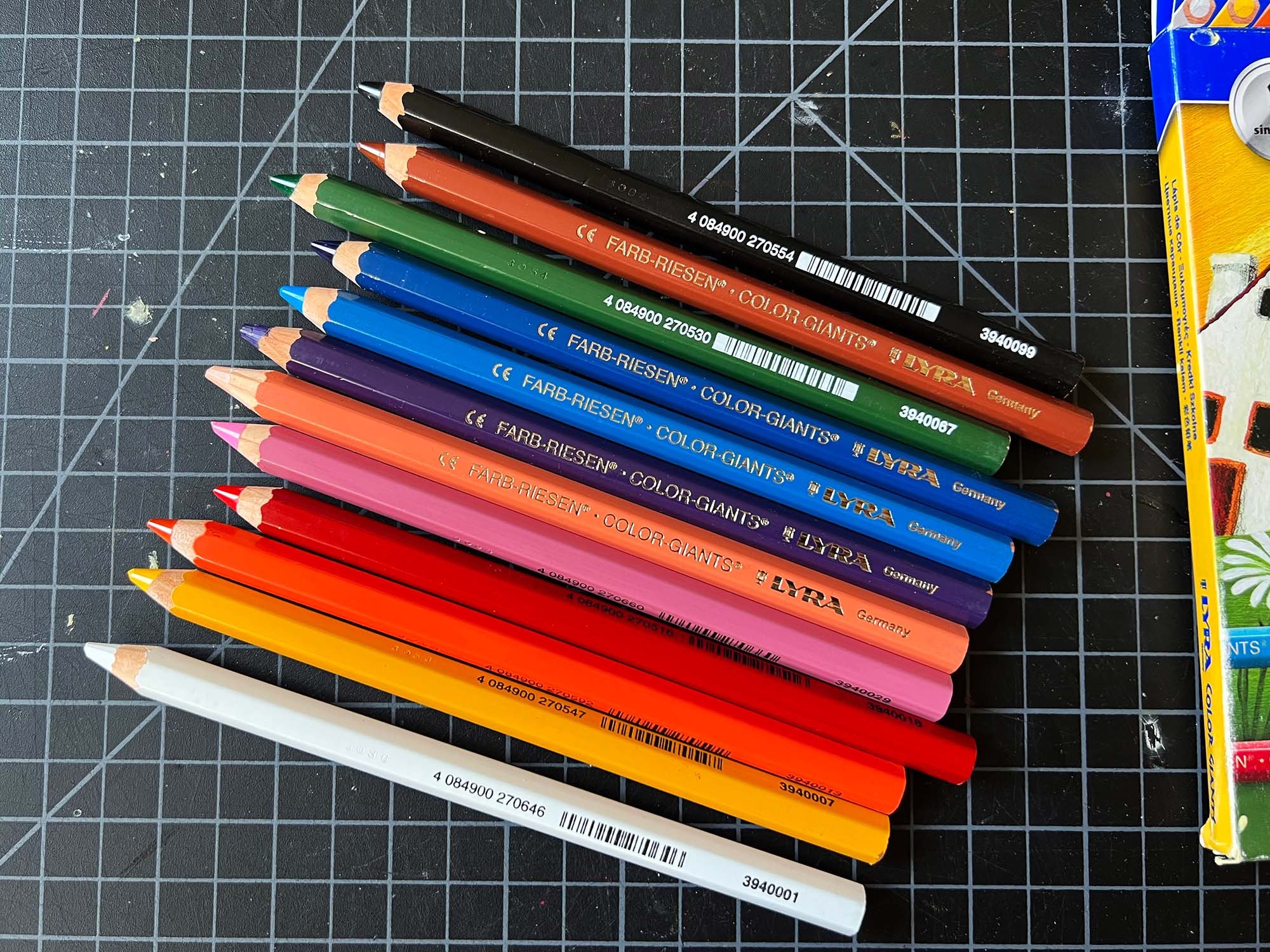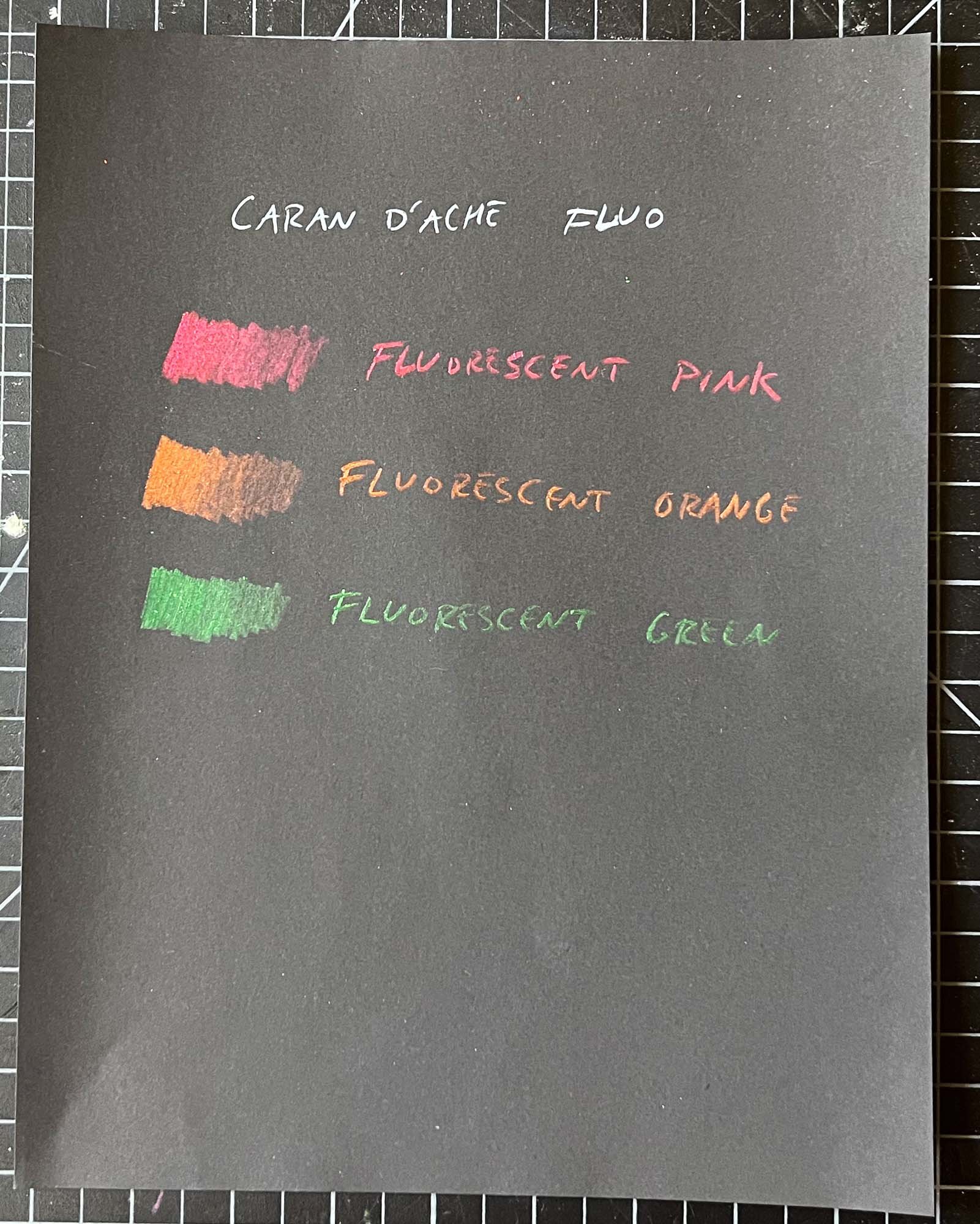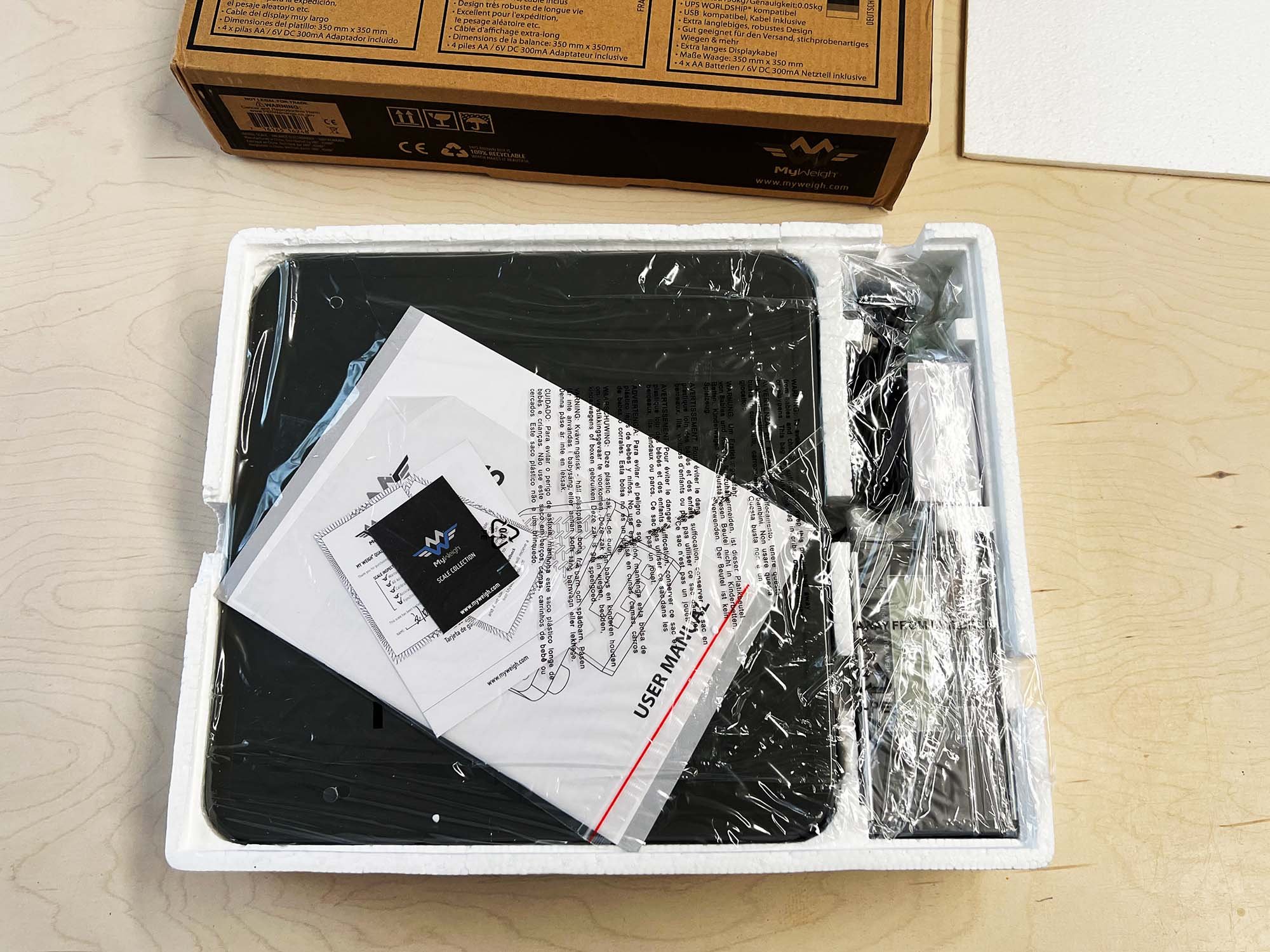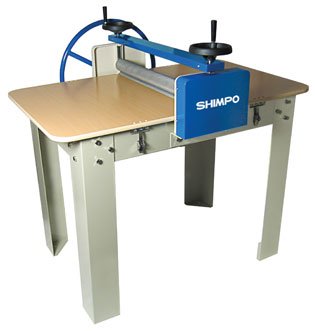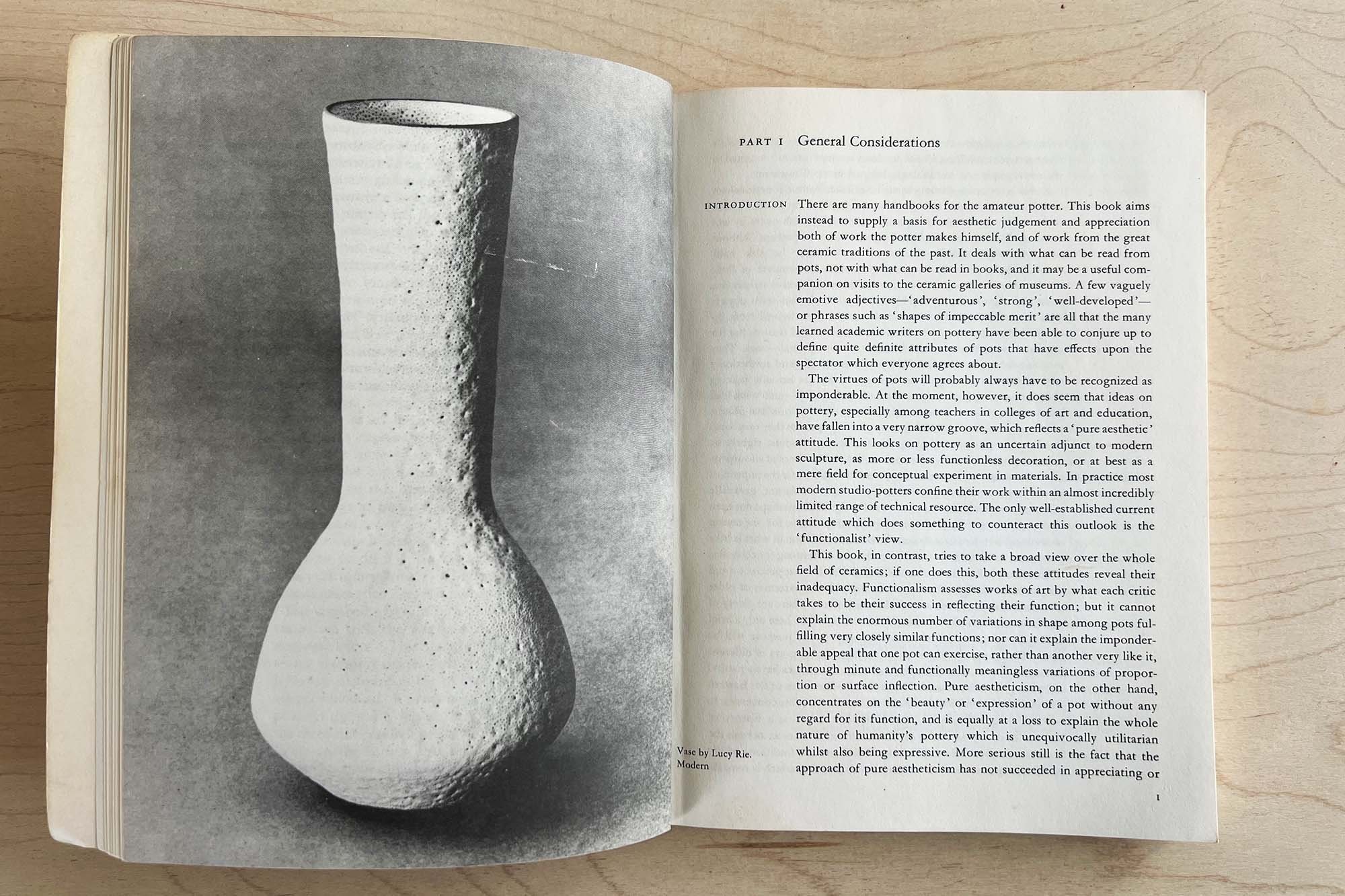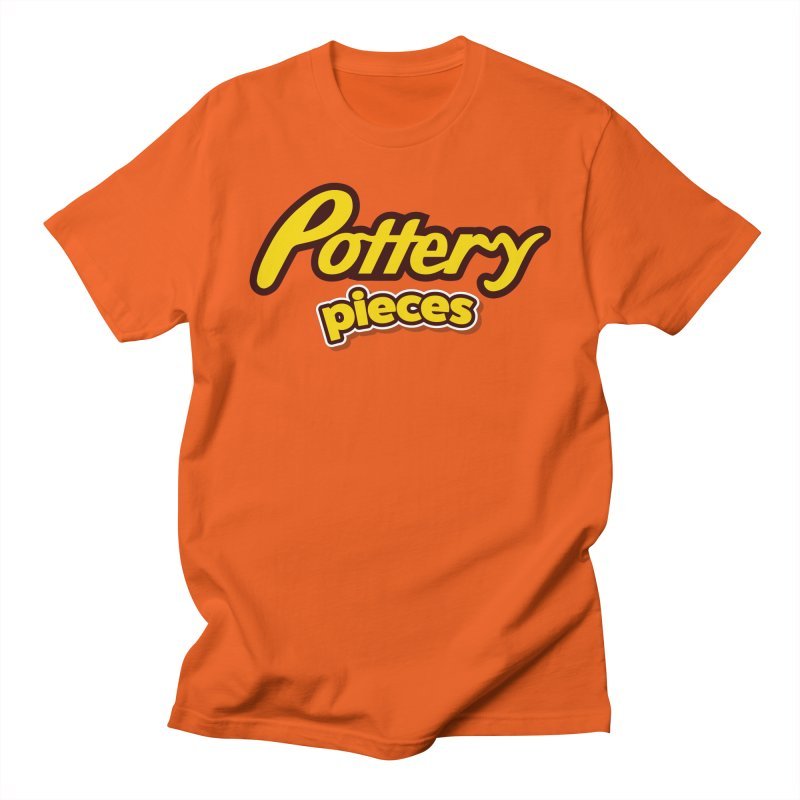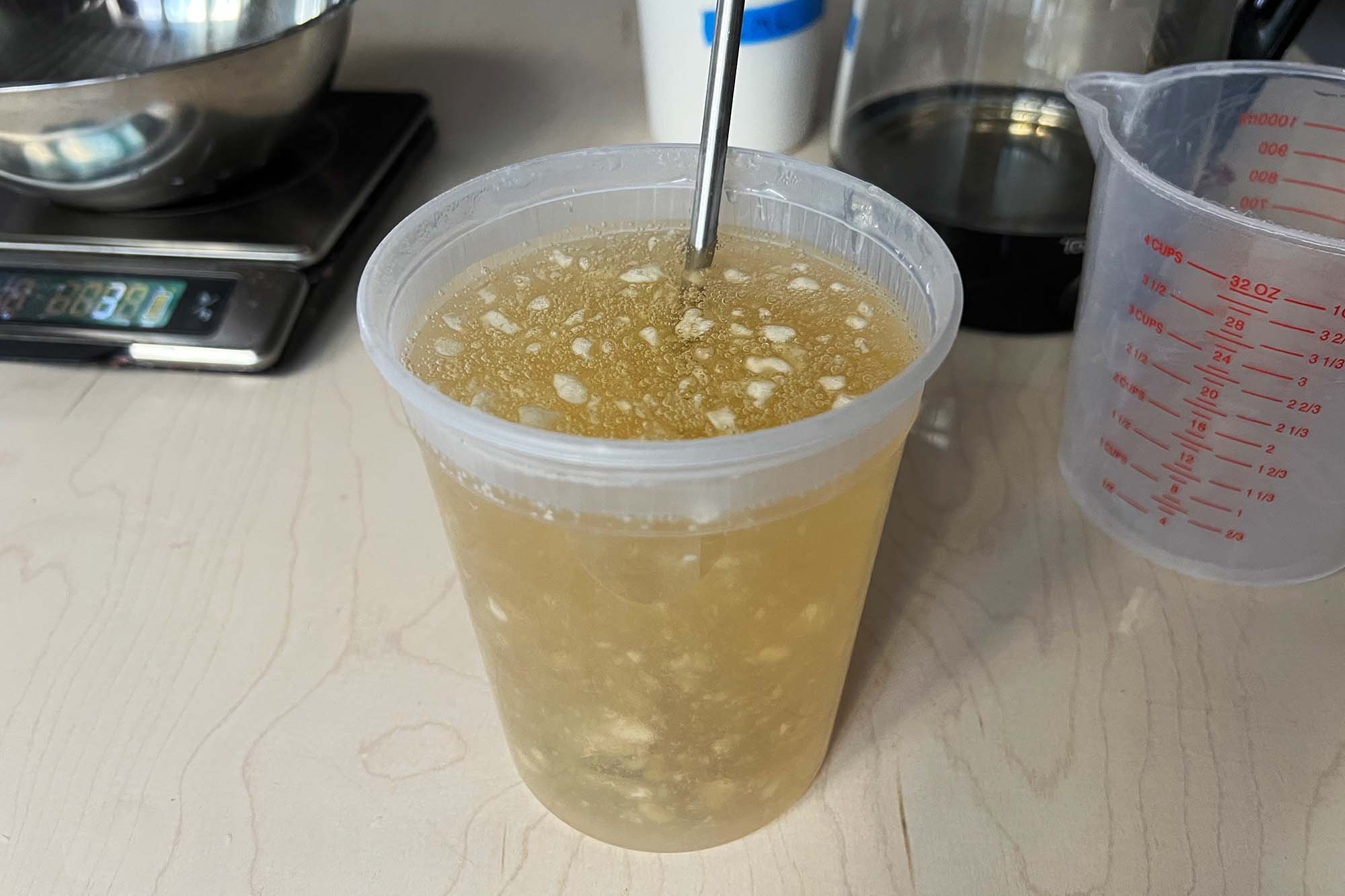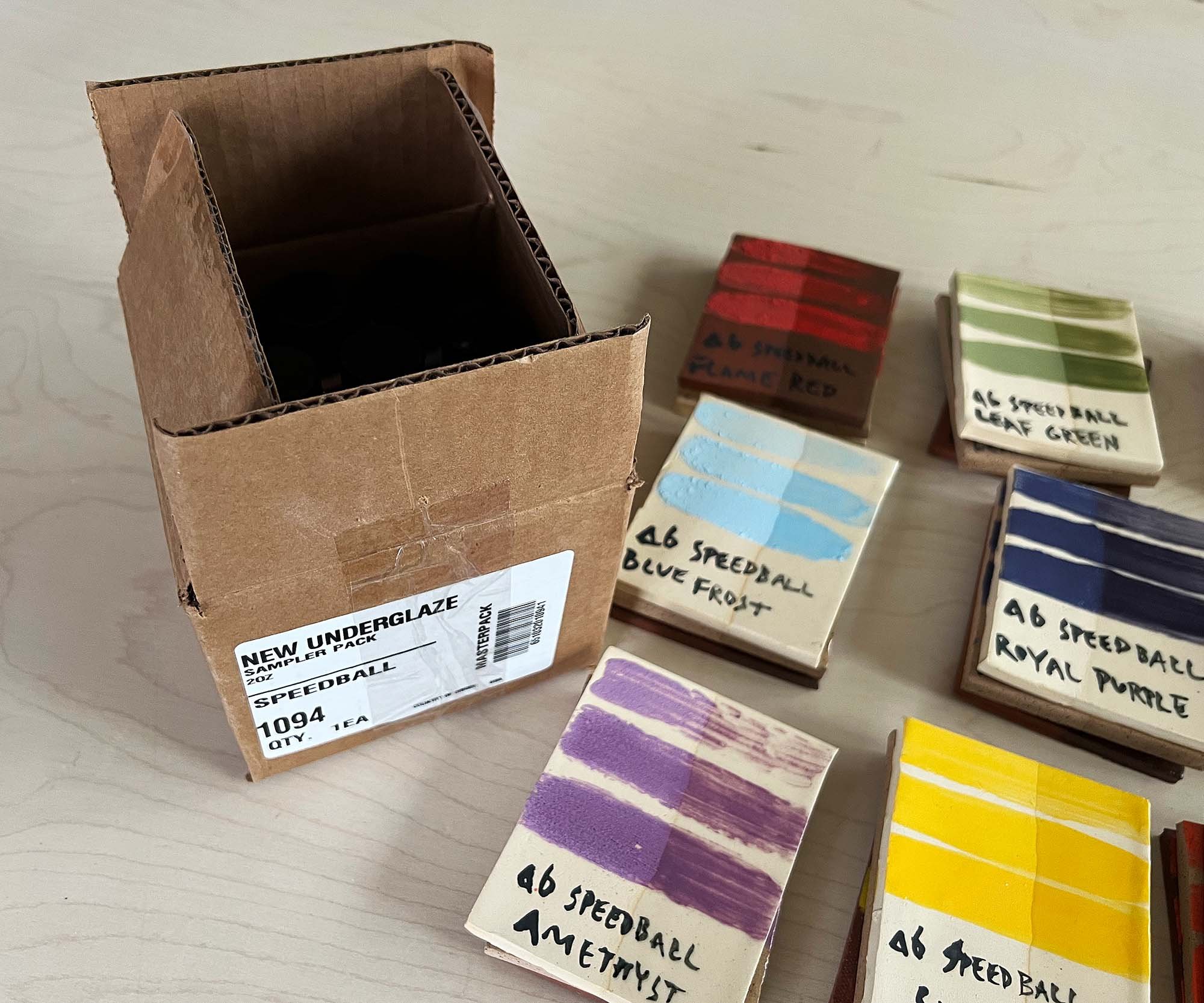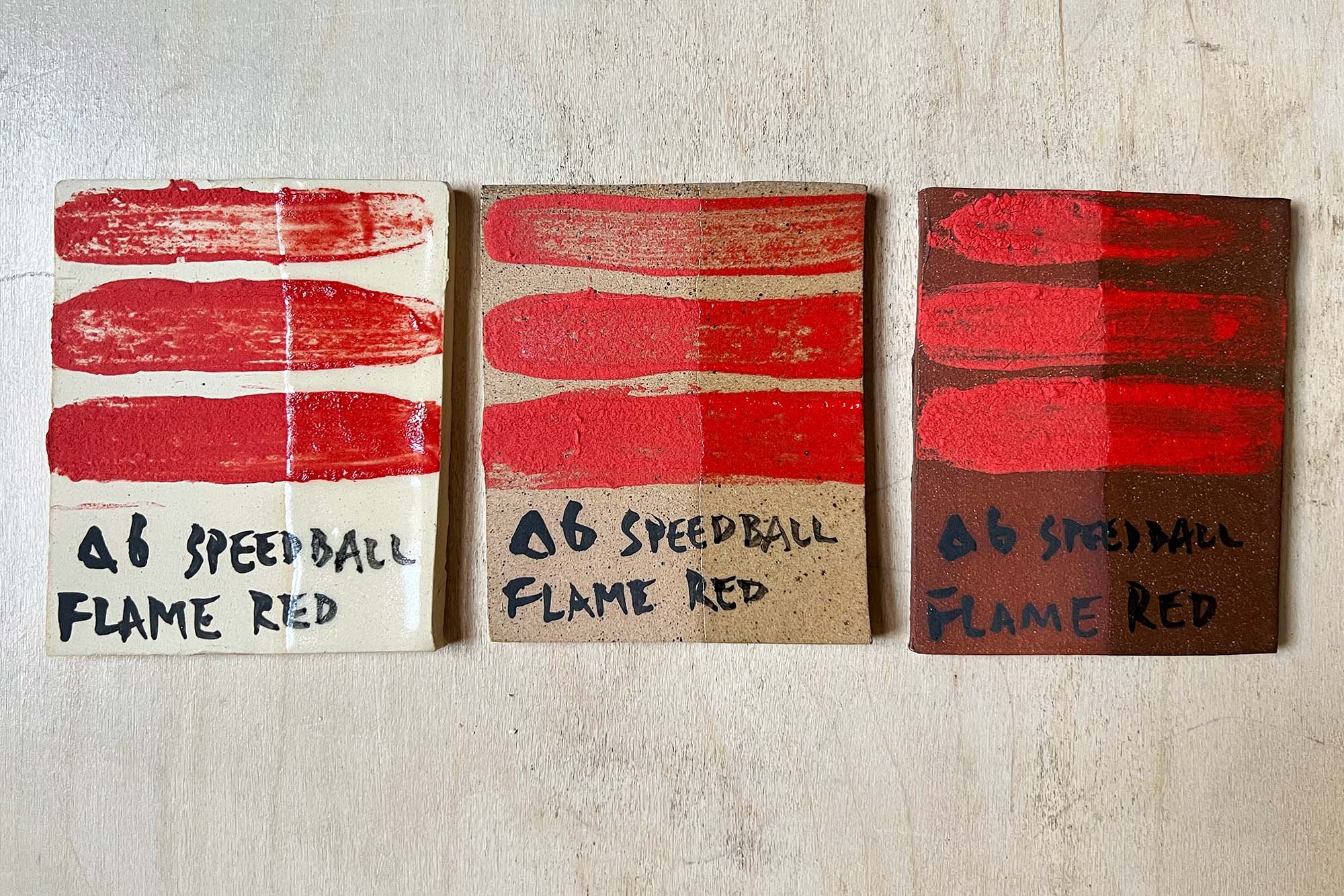There are so many great new books on pottery and ceramics history! Here’s a round up of 14 top books from 2021 and 2022.
You might also enjoy our list of New Pottery and Ceramic Technique books.
Ceramic, Art and Civilisation by Paul Greenhalgh
A major new history by Paul Greenhalgh, this textbook-sized book traces the evolution of ceramic art along with culture and civilization, looking at every aspect of the medium from ancient art to contemporary ceramic art. Even if you have read other histories of ceramics, this fresh take deserves a spot on your bookshelf.
Hardcover, 512 pages, published March 2021 by Bloomsbury Visual Arts, $50.
Shapes From Out of Nowhere: Ceramics From the Robert A. Ellison Jr. Collection by Adrienne Spinozzi, Glenn Adamson, and Robert A. Ellison
This catalog documents Ellison’s collection and donation of 150 works of non-representational ceramic art to New York City’s Metropolitan Museum. It’s an interesting collection, inspired by George Ohr’s vessels and including lots of information on contemporary makers such as Kathy Butterly, Betty Woodman, and more. Along with essays by Glenn Adamson and others, it’s full of images.
Hardcover, 272 pages, published February 2021 by August Editions, listed at $69.95 but usually available for less.
Contemporary Black American Ceramic Artists by donald a clark and Chotsani Elaine Dean
This survey combines interviews and info on 38 contemporary Black ceramists, along with historical information and over 300 images. An important book that will fill in many gaps in ceramic scholarship, this book will be published in October of 2022.
Hardcover, 256 pages, published October 2022 by Schiffer Craft, $60.
Listening to Clay: Conversations With Contemporary Japanese Ceramic Artists by Alice North, Halsey North, and Louise Cort
This volume shares interviews with 18 Japanese ceramic artists who have been working for decades; the subjects range in age from 62 to 92. Sharing their stories, processes, and ideas about clay, this is an excellent introduction to Japanese ceramic art in the Post World War II period to present times.
Hardcover, 352 pages, published February 2022 by The Monacelli Press, $65
Grounded in Clay: The Spirit of Pueblo Pottery by the Pueblo Pottery Collective, Elysia Poon, and Rick Kinsel
This survey of more than 100 pieces of historical Pueblo Pottery was selected by Pueblo potters, artists, and community leaders. This group of 60 was then invited to comment on the pieces in prose, poetry, or any form, resulting in this amazing book that examines the rich history of ceramics in Pueblo communities.
Hardcover, 288 pages, published September 2022 by Merrell Publishers, $70.
Commeraw’s Stoneware: The Life and Work of the First African-American Pottery Owner by A. Brandt Zipp
This book presents the life and story of Thomas Commeraw, a New York City potter who was also an abolitionist, craftsman, and near the end of his life, a founder of a new Africa republic. Written by A. Brandt Zipp, a partner with the auction house Crocker Farm, this is the first major survey of Commeraw’s life and work.
Hardcover, 311 pages, published September 2022 by Crocker Farm, $95.
Gifts from the Fire: American Ceramics, 1880-1950: From the Collection of Martin Eidelberg by Alice Cooney Frelinghuysen and Martin Eidelberg
Another entry from the Met, this book covers more than 180 ceramic works donated to the Met by Eidelberg from a 70 year period that ranges from the Arts & Crafts period through Modernism to abstract work from the mid-20th century. Lusciously illustrated along with essays, this is an excellent overview of Eidelberg’s collection and work from that era.
Hardcover, 256 pages, published November 2021 by The Metropolitan Museum of Art, $65
Morten Løbner Espersen: Triumph and Catastrophe by by Morten Løbner Espersen, Jan de Bruijn, and Glenn Adamson
Colorful and variegated glaze surfaces are built on a variety of vessel forms in Espersen’s work, and many are included in this first monograph surveying the artist’s multi-decades long investigation of the ceramic vessel.
Hardcover, 160 pages, published June 2022 by Nai010 Publishers, $45
Jamaican Ceramics: A Historical and Contemporary Survey by Norma Rodney Harrack
Spanning from pre-history to the present day, this survey covers all aspects of ceramics in Jamaica including European influences and African Jamaican work. The book is by Norma Rodney Harrack, a ceramic artist and professor in Kingston, Jamaica.
Paperback, 212 pages, published April 2022 by The University of the West Indies Press, $50.
Unearthed: Twentieth-Century Ceramic Art from Portugal by Pedro Moura Carvalho
Portugal is known for azulejos, or blue and white tiles, but this new survey shows all the other developments in ceramics by Portuguese artists. With a deep focus on the the 1950s and 1960s, this is the first book to examine the complete history of ceramics in Portugal in the 20th Century.
Hardcover, 312 pages, published January 2022 by Arnoldsche Verlagsanstalt, $70
Griot Potters of the Folona: The History of an African Ceramic Tradition by Barbara E. Frank
A story of resilience and cultural heritage, this book traces more than 700 years of pottery history in Mali through a focus on the Folona women potters of Southeastern Mali. Using a comparative analysis of styles and techniques, Frank traces the history and evolution of this style of pottery.
Paperback, 526 pages, published February 2022 by Indiana University Press, $40
Mutable: Ceramic and Clay Art in India Since 1947 by Sindhura DM, Kristine Michael, and Annapurna Garimella
The first major survey of ceramic art in India, this book grew out of a 2017 exhibition and includes information on potters, industrial ceramics, and ceramic art and sculpture. The book also examines clay within the post-independence craft revival. Throughout, the mutability of clay and its varied contexts are a main focus of the book.
Paperback, 204 pages, published June 2021 by Mapin Publishing, $45.
Pewabic Pottery: The American Arts and Crafts Movement Expressed in Clay by Thomas W. Brunk
The most extensive study to date on the famed Michigan pottery, Pewabic Pottery examines the entrepreneurs who founded the company, the unique glazes, and the pottery’s contribution to the Arts & Crafts Movement. Written by the expert on Pewabic Pottery, this book is must for anyone who is interested in the exquisite forms and glazes produced at Pewabic.
Hardcover, 496 pages, published May 2021 by Michigan State University Press, $56
Alice Mackler by Matthew Higgs, Kelly Taxter, and Joanne Greenbaum
The first monograph on this New York artist who was born in 1931, this book covers Mackler’s work in painting, collage and especially ceramic sculpture. Still pushing the medium forward and creating new work, the book also includes writings by Mackler and an interview with painter Joanne Greenbaum. It’s a lovely book that celebrates the exuberance and beauty of Mackler’s work.
Hardcover, 184 pages, published February 2021 by George R. Miller and Company, $45
You might also enjoy:
14 Best New Ceramic Technique Books 2022
Ceramic Textbooks and Guidebooks
A Potter’s Workbook by Clary Illian
Any recent ceramic histories or monographs that you have enjoyed?
Let us know in the comments.























